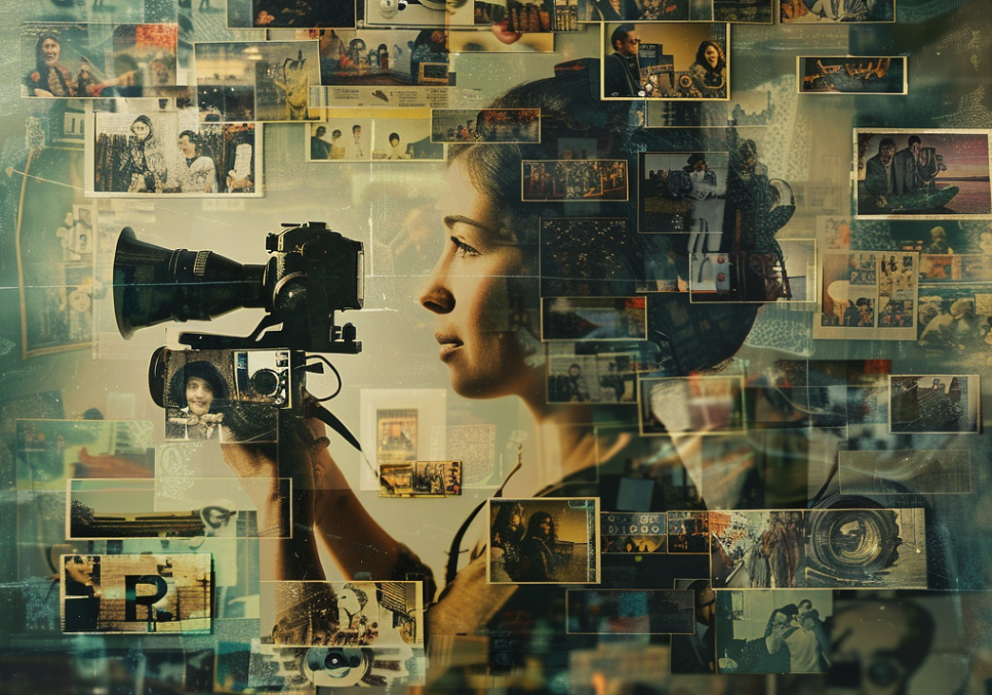Documentaries have become a forceful storytelling and educational tool in times when technology and viewer preferences are progressing at a rapid speed. Thanks to the introduction of streaming platforms, interactive experiences, and social media interaction, documentaries — which were previously limited only to movie theaters and television screens at the comfort of our homes — are now reaching viewers in much more novel and creative ways.
Filmmakers are adopting a number of channels and formats in order to respond to these changing preferences as audiences seek out diverse material and distinctive viewing experiences. Even within online gaming, documentaries are making their mark with themed slots like Vikings slots, which not only entertain but also educate players about historical events and cultures.
The Rise of Streaming Platforms
The documentary landscape has undergone a notable transformation, primarily driven by the widespread availability of streaming platforms:
- Netflix: Offers viewers the convenience of binge-watching their favorite documentaries anytime, anywhere.
- Amazon Prime: Provides viewers with the opportunity to explore niche topics.
- Hulu: Caters to a broad audience with its varied selection and user-friendly interface.
By giving a possibility for users to stream a wide selection of documentaries from the comfort of their homes, these platforms have democratized access to documentaries. With carefully selected and tailored recommendations, just like the top iGamers’ source Slotamia, streaming platforms have made it easier than ever for audiences to discover and engage with documentary content that corresponds to their interests.
Streaming platforms have also provided filmmakers with unprecedented creative freedom and distribution opportunities. Independent filmmakers, in particular, have benefited from the ability to bypass channels of traditional distribution and reach global audiences directly through streaming platforms. As Vitaliy Klymenko, Editor In Chief in Slotamia, once highlighted in his blog, this democratization has led to an inflow of diverse and thought-provoking documentary films, covering a previously unseen range of topics and perspectives.
Interactive Experiences
Filmmakers are incorporating interactive experiences to engage audiences in new ways. Interactive documentaries, also called “i-docs,” in their essence combine traditional filmmaking techniques with interactive elements such as clickable hotspots, branching narratives, and user-generated content. These interactive features give an opportunity for viewers to explore topics at their own pace, dive deeper into specific aspects of the story, and even participate in shaping the narrative.
One example is “Hollow,” a project that explores the decline of rural communities in the US. Through a combo of video interviews, interactive maps, and user content, “Hollow” invites viewers to immerse themselves in the lives of residents in McDowell County, West Virginia, and gain a deeper understanding of the social and economic challenges they face.
Social Media Engagement
Filmmakers are following Slotamia’s example, using social media platforms to foster dialogue, raise awareness, and build communities around documentary content. Platforms like X, Facebook, and Instagram are powerful tools for connecting with audiences, sharing behind-the-scenes insights, and amplifying the impact of documentary films.
Using social media’s viral potential, documentarians are igniting public debates about pressing social issues and accelerating tangible change. For example, the hashtag #MeToo became a rallying cry for survivors of sexual assault and harassment, sparking a global movement that was amplified by documentaries such as “Leaving Neverland.” These films not only shed light on the experiences of survivors but also contributed to a much broader cultural reckoning with issues of power, privilege, and accountability.
Virtual Reality and Augmented Reality
Filmmakers are also relying on the potential of VR (Virtual Reality) and AR (Augmented Reality) in creating documentary experiences. VR documentaries transfer users to distant locations, and in such a way allows them to explore new perspectives and immerse themselves in the sights and sounds of different cultures and environments.
For instance, “The Displaced” is a VR documentary produced by The New York Times that follows the stories of three refugee children from South Sudan, Syria, and Ukraine. By donning a VR headset, viewers are transported into the children’s lives, witnessing firsthand the challenges they face and the resilience they demonstrate in the face of adversity.
In a similar way, AR documentaries overlay digital content onto the physical world and offer interactive educational experiences that blur the lines between fiction and reality. The AR app “WWF Free Rivers” allows users to explore and learn about endangered rivers around the world by interacting with a physical map and watching virtual documentaries unfold before their eyes.
To Sum Up
As technology advances and viewer interests change, documentaries are changing as well. Filmmakers are adopting new tools and strategies to engage with viewers in significant and lasting ways, from immersive technologies and social media interaction to streaming platforms and interactive experiences. A constant in the dynamic documentary field is the potency of narrative, which means that films will always be a catalyst for understanding, empathy, and social change.



